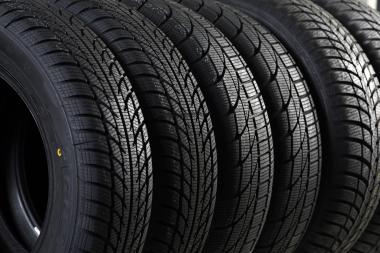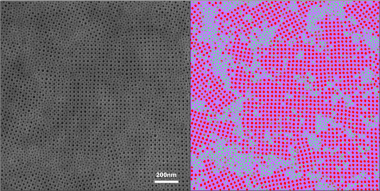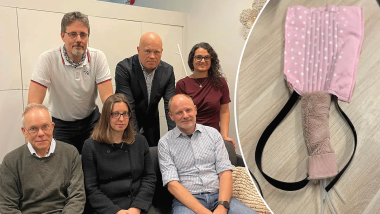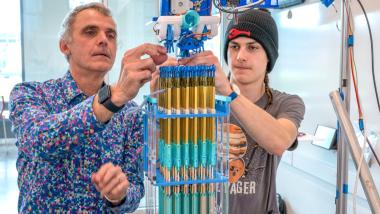Demand for high-performance yarns on the rise
Barmag, a subsidiary of the Swiss Oerlikon Group, will commission three HMLS yarn systems with a total of 30 stations at renowned technical yarn manufacturers in China over the next three months.
China expands HMLS capacities
Among them are two HMLS producers who had previously purchased from competitors. "They were convinced by our process technology, which guarantees the economic production of HMLS yarns of the very best quality," says Sales Director Oliver Lemke, who, together with his colleagues on site, provides support to customers in the field of technical yarns. The sophisticated material obtains its special properties during the spinning process. High speeds in the production process guarantee a stable arrangement of the molecules within the polymer that forms the actual thread. The internal structure of the molecular chain, in turn, is decisive for the dimensional stability of the final yarn.
Growing demand for HMLS yarns
The industry expects demand for HMLS yarns to increase in the coming years. This is mainly due to the trend toward lighter tires. Whereas high-modulus polyester yarn (HMLS) was previously used mainly in high-speed tires, its properties now also allow the tire carcass of small vans to be converted from steel cord to polyester. HMLS yarn is extremely tear-resistant, yet highly elastic and temperature- and dimensionally stable.
Another factor is the steadily increasing number of vehicle registrations worldwide. In China in particular, the production of local car brands has increased rapidly in recent years, which explains the expansion of capacity in the country.
Oerlikon Barmag



























